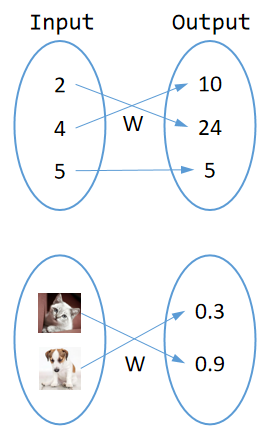浅谈Python的_sizeof_()和getsizeof()
_sizeof_()
- 返回内存中的大小,单位字节
| __sizeof__(self, /)
| Returns size in memory, in bytes.
getsizeof()
- 这是sys模块的一个方法
- 在pycharm中你只能看到如下内容,不过大致也是返回对象的大小,单位是字节
def getsizeof(p_object, default): # real signature unknown; restored from __doc__
"""
getsizeof(object, default) -> int
Return the size of object in bytes.
"""
return 0
- 2个貌似一样
测试代码
-
代码1
a = 1 print(a.__sizeof__()) # 28 import sys print(sys.getsizeof(a)) # 28 嗯,一样 -
代码2
b = [] print(b.__sizeof__()) # 40 print(sys.getsizeof(b)) # 56 不一样(我在jupyter中执行的结果) # 如果你在pycharm中执行可能此处是 64 -
代码3
import sys l = [] w =[1, 2] x =[4, 5, 7, 9] y =[2, 8, 6, 56, 45, 89, 88] print('sizeof:%d,getsize:%d' %(l.__sizeof__(),sys.getsizeof(l))) print('sizeof:%d,getsize:%d' %(w.__sizeof__(),sys.getsizeof(w))) print('sizeof:%d,getsize:%d' %(x.__sizeof__(),sys.getsizeof(x))) # sizeof:40,getsize:64 # 此处就是在pycharm中执行的 # sizeof:56,getsize:80 # sizeof:72,getsize:96 -
getsizeof() 方法调用
__sizeof__方法,但同时会附带一些额外的GC操作(arbage collector overhead). 因此前者的大小比后者要大一些 -
列表初始化的时候是40,每加一个元素是8个字节
-
代码大了之后,内存管理就显得非常重要了,现在仅作了解

























